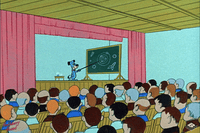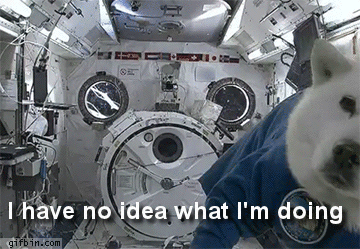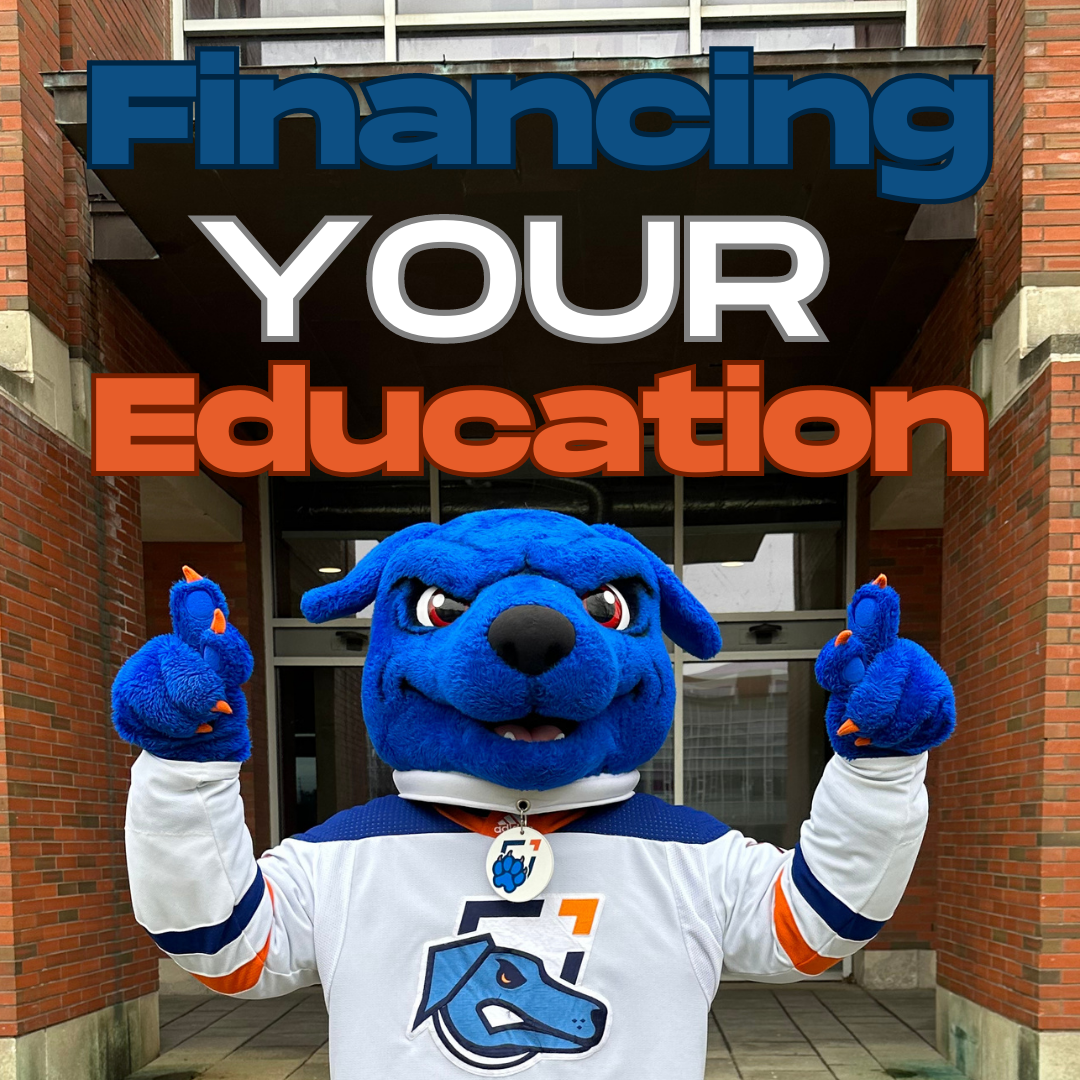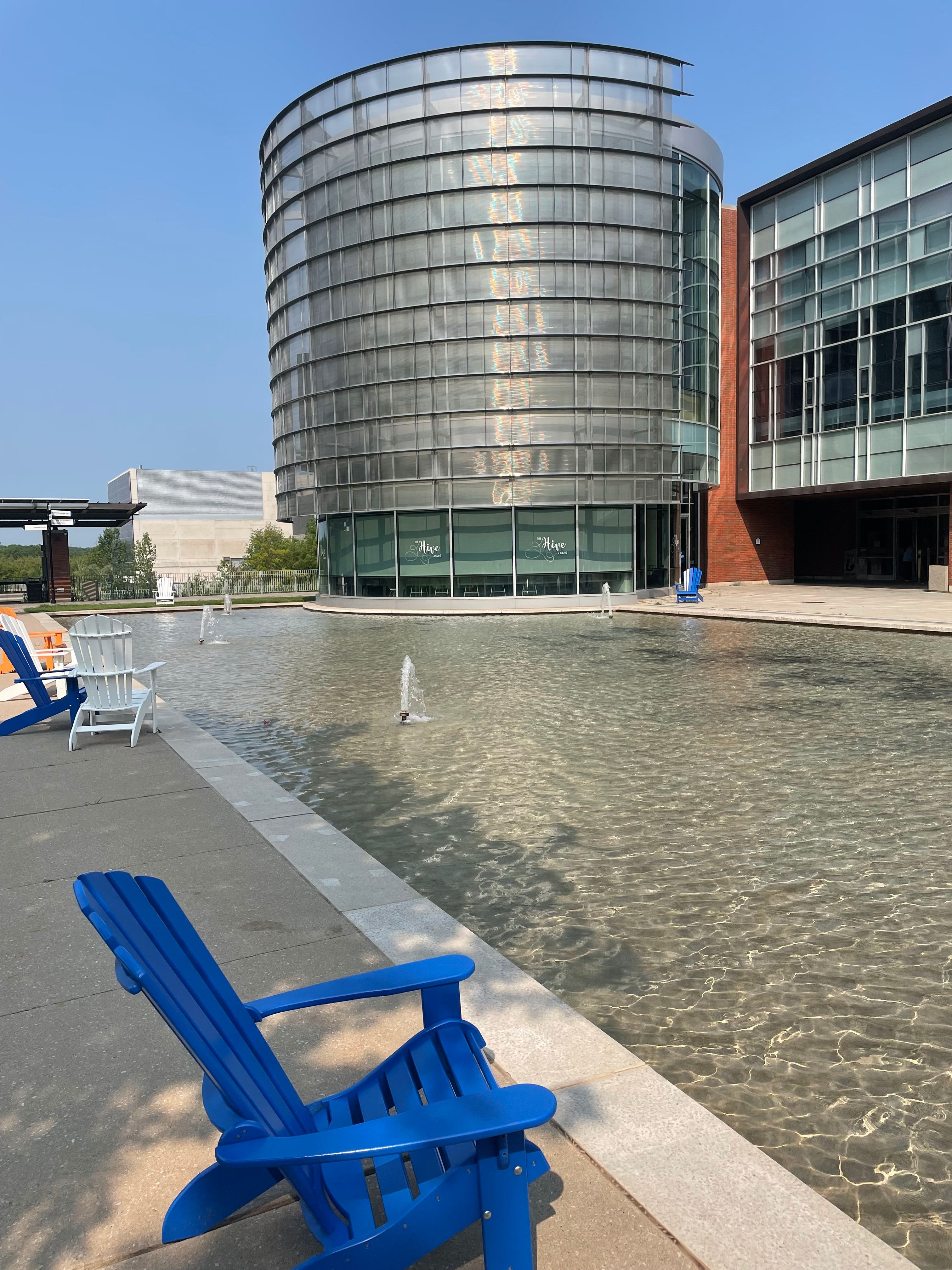Accepting your offer is a wonderful achievement that ends the application process and begins your journey as a university student. Like with any new adventure comes questions about what it will be like and what you can expect. Fortunately, I'm here to help answer those questions and help get you prepared for your first year as a Ridgeback.
In = Out
A good rule of thumb for university is that you get out of it what you put into it. This applies to your academics, social life and the quality of your learning experiences. A significant difference between university and high school is that you won't have teachers nagging you to hand in homework, join clubs or get involved. While this can be a relief, it also means you're responsible for shaping your university experience into what you want it to be.
-1.gif?width=480&height=270&name=giphy%20(15)-1.gif)
You can think of it like a lump of clay. At first, it's moldable; if you put in some time and effort, you can turn it into something beautiful. Maybe a cute little cereal bowl or sculpture! But if you leave it in the lump, eventually, it will dry out and harden. While this may be a bit dramatic, you get the point. Your university experience is what you make it.
Class schedule and structure
Another difference you can expect is how your schedule and classes are organized. Your class schedule will differ from the 9 to 3, Monday to Friday timetable. Instead, you may have a day or two with no classes and others with back-to-back lectures, or an early morning class and an evening class, with a few hours in between.

For the most part, you get to design your schedule. While you are limited to the time and days courses are offered, you can pick which courses you take and when. Be sure to review your program map so you know which courses you need to take. If you're ever in need of help, visit your Academic Advisor. They are well-prepared to help you design a schedule that suits you and your goals.
Class sizes
You can also expect large class sizes, both in population and space! Our largest lecture hall can hold up to  250 people! But don't worry, not every class will be this big. Especially as you progress to your upper years, you may have classes as small as 15 people! Either way, it will take a little adjusting to.
250 people! But don't worry, not every class will be this big. Especially as you progress to your upper years, you may have classes as small as 15 people! Either way, it will take a little adjusting to.
Since classes can be so large, another difference you can expect is the lack of personal reminders. Professors will not ask you to stay after class to discuss your missing assignment or offer opportunities to make it up. That's why it is up to you to build a schedule that allows you to stay on top of everything and reach out for help if needed!
No more field trips
The days of loading into a school bus, barred from saving seats and doing it anyway are over. But don't feel sad just yet. Instead of having a day trip in the field, you'll now have the opportunity to work in the field for anywhere from 4 to 16 months! Think of it as an upgrade from your typical field trip. With over 350 community partners to work with, there's no telling where you'll end up.

These field placements allow you to take your classroom learning to the next level by applying your knowledge in real-world settings. Doing so will help strengthen and develop your skills and enable you to assess the fitness of your program and a potential career in that field.
School size
Getting lost on campus is like a right of passage. You can expect to feel a sense of shock and awe when you step foot on our beautiful campus. With our modern buildings and shared spaces, there is a lot to admire.

The typical university campus is significantly larger than your high school, so become friendly with our map! Or, take a tour so you know what to expect.
While there are more differences between university and high school, these are a few you will notice early on. Plus, we have to leave a few for you to find on your own.
Want to see what your future home looks like?









